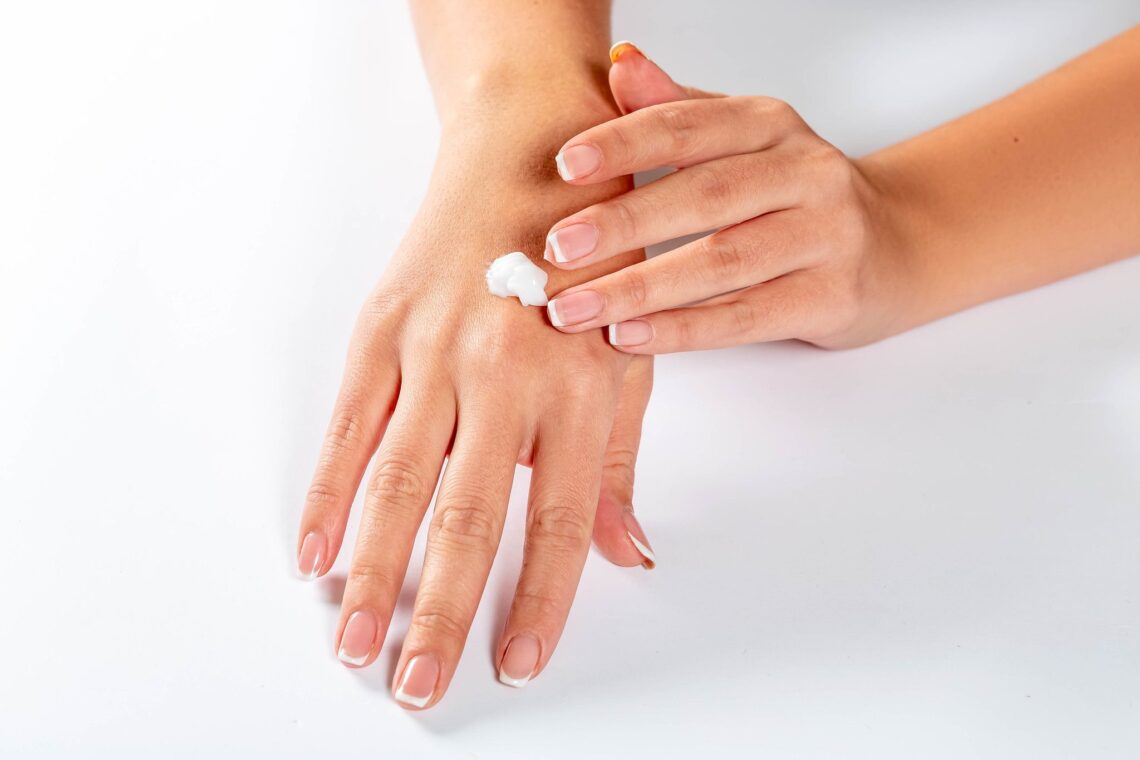It was earlier believed that protecting the skin from sun exposure alone could prevent cancers and premature aging. Scientists have now found that blue light, also known as High Energy Visible or HEV light, can also cause cell damage and speed up aging.
Although the main source of blue light is the sun, electronic devices such as laptops and smartphones also emit blue light. When blue light strikes the skin, it destroys collagen through oxidative stress and absorbs a chemical in the skin called flavin. This reaction causes damage to the skin layers.
Signs of blue light damage:
- Pigmentation
- Swelling and redness
- Premature wrinkling
- Brown spots on the skin
Steps to prevent skin damage from blue light:
Limit screen time: According to estimates, a person in the U.S. spends an average of seven hours on screens connected to the internet every day. Studies have shown that excess screen time affects the health and well-being of a person. From disrupting sleep to altering the mood, the negative impact is far-reaching. So limiting screen time can be the first step in reducing exposure to blue light.
Use sunscreens even indoors: Most people are now aware of the skin damage caused by exposure to the sun and apply sunscreens while going out. It is equally important to use sunscreen indoors while using electronic devices that emit blue light. Make sure you choose a sunscreen that blocks blue light, along with UV protection.
Limit exposure: It may not be always practical to cut off the use of electronic devices from your routine. However, you can limit exposure by switching to night modes or by using a blue light screen protector. Swapping LED lights with sources that emit less blue light can also be an effective strategy. Keeping the electronic devices not too close to the face can also help in limiting exposure.
Choose the right skincare products
Skincare products with minerals such as zinc oxide, titanium dioxide and iron oxides can help in deflecting light rays by forming a protective…
Read the full article here








